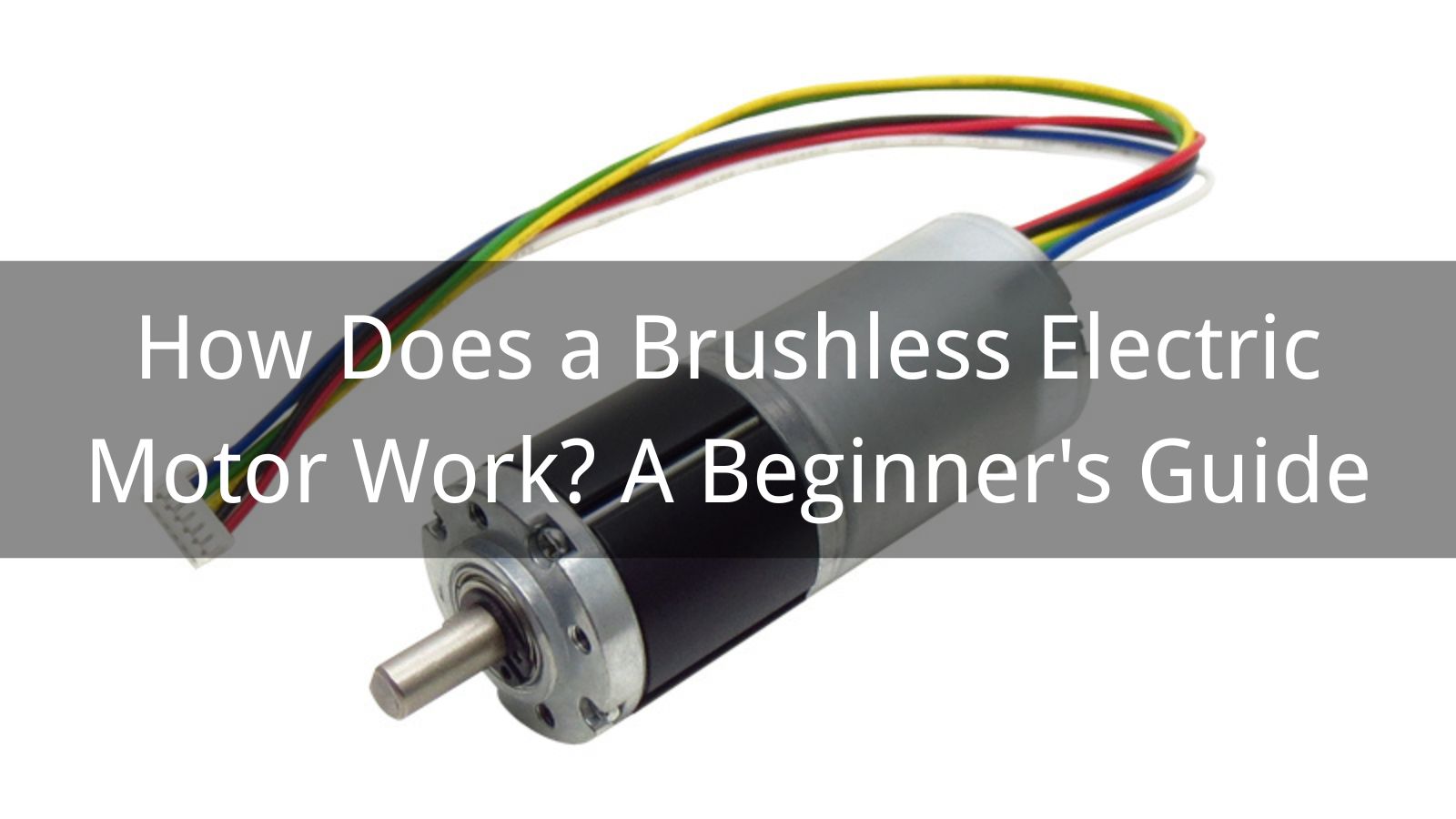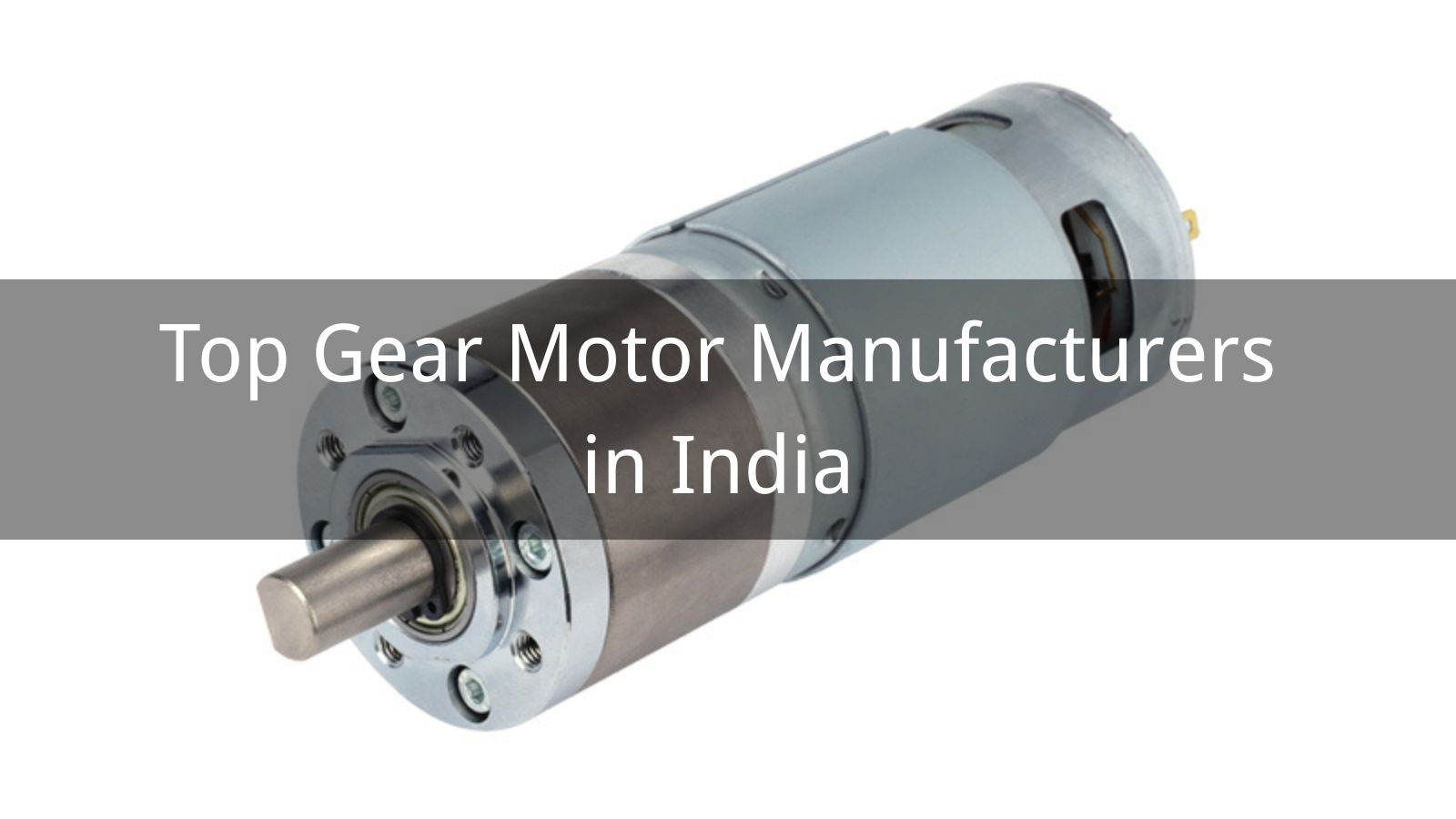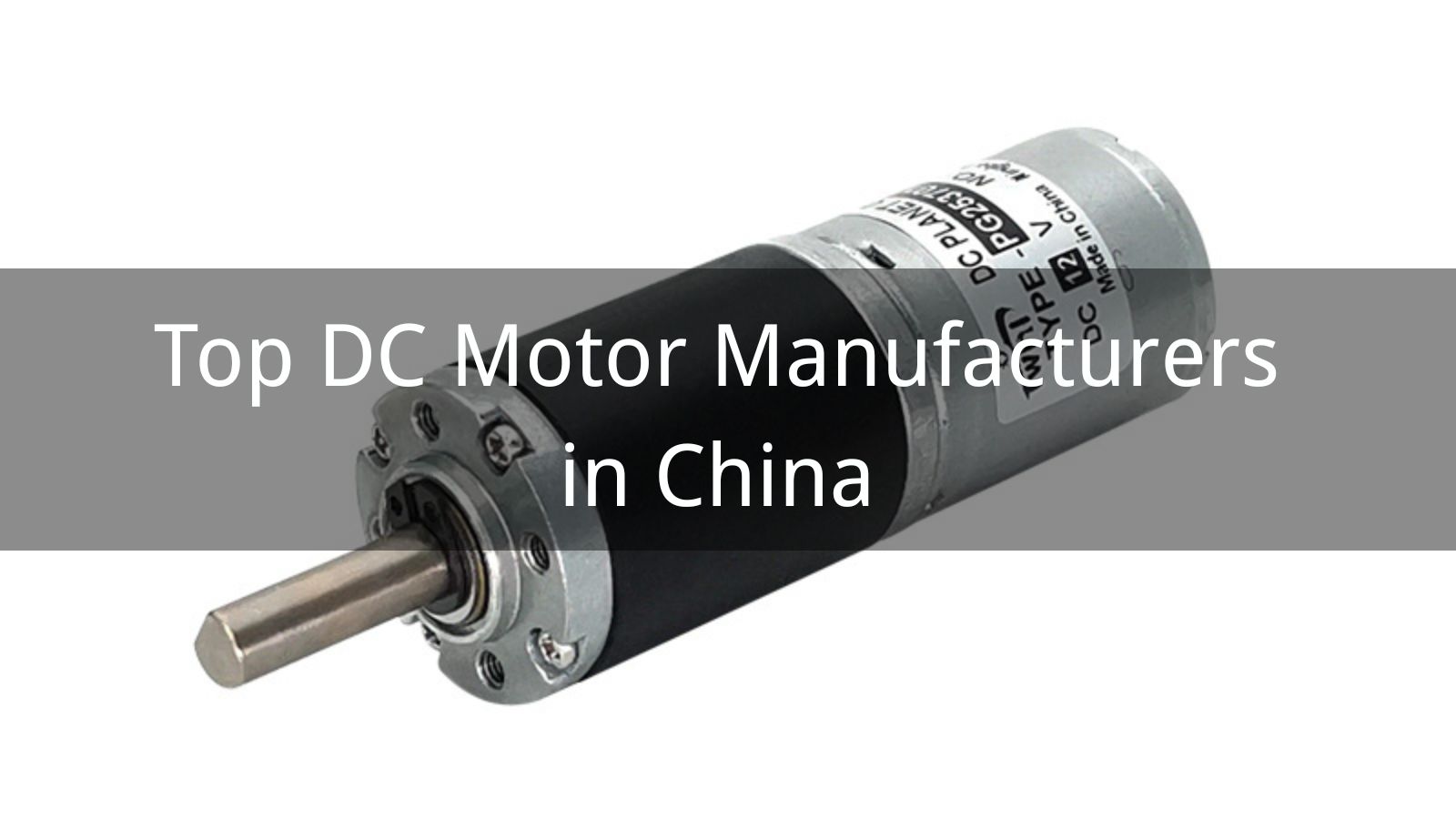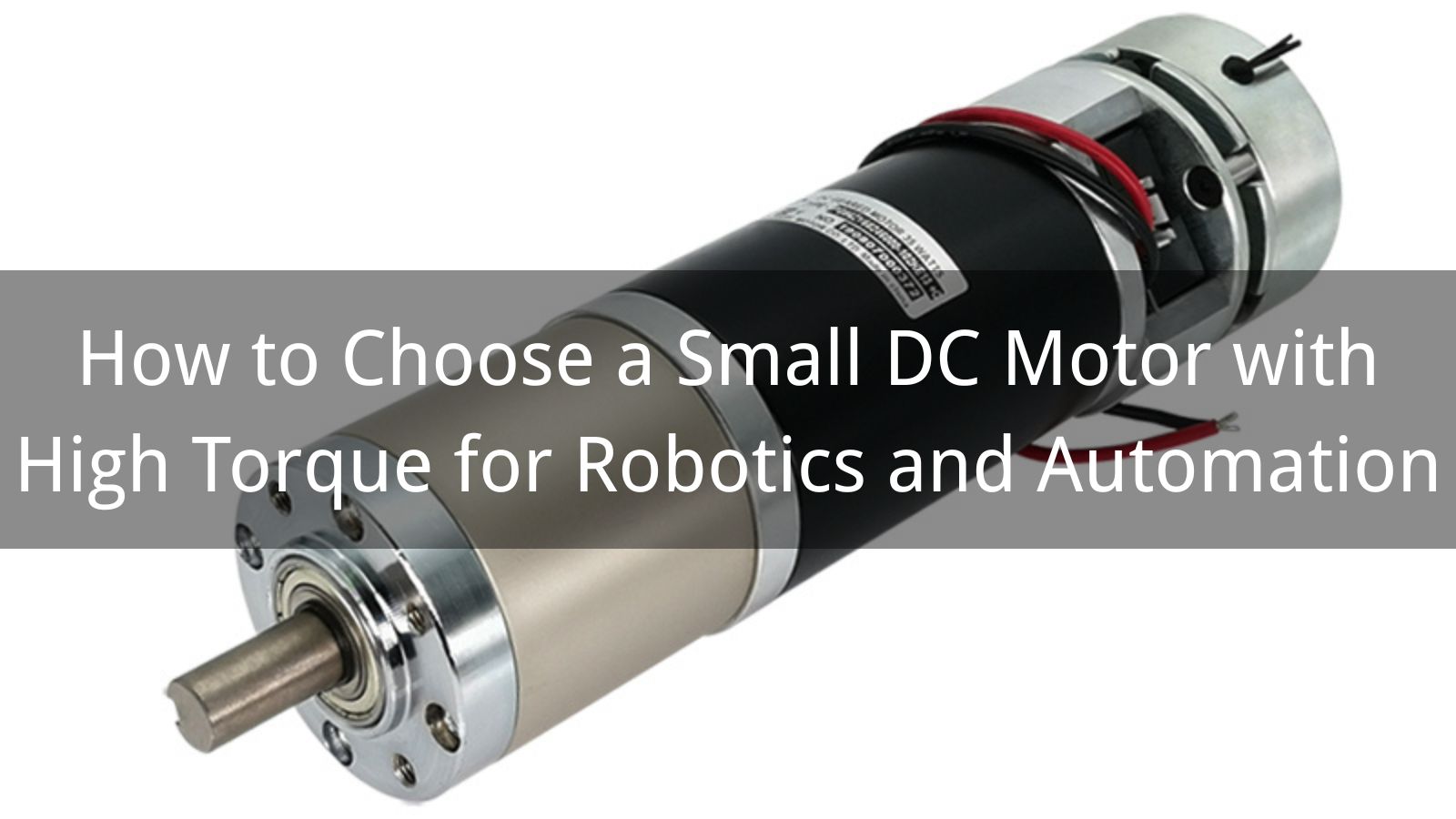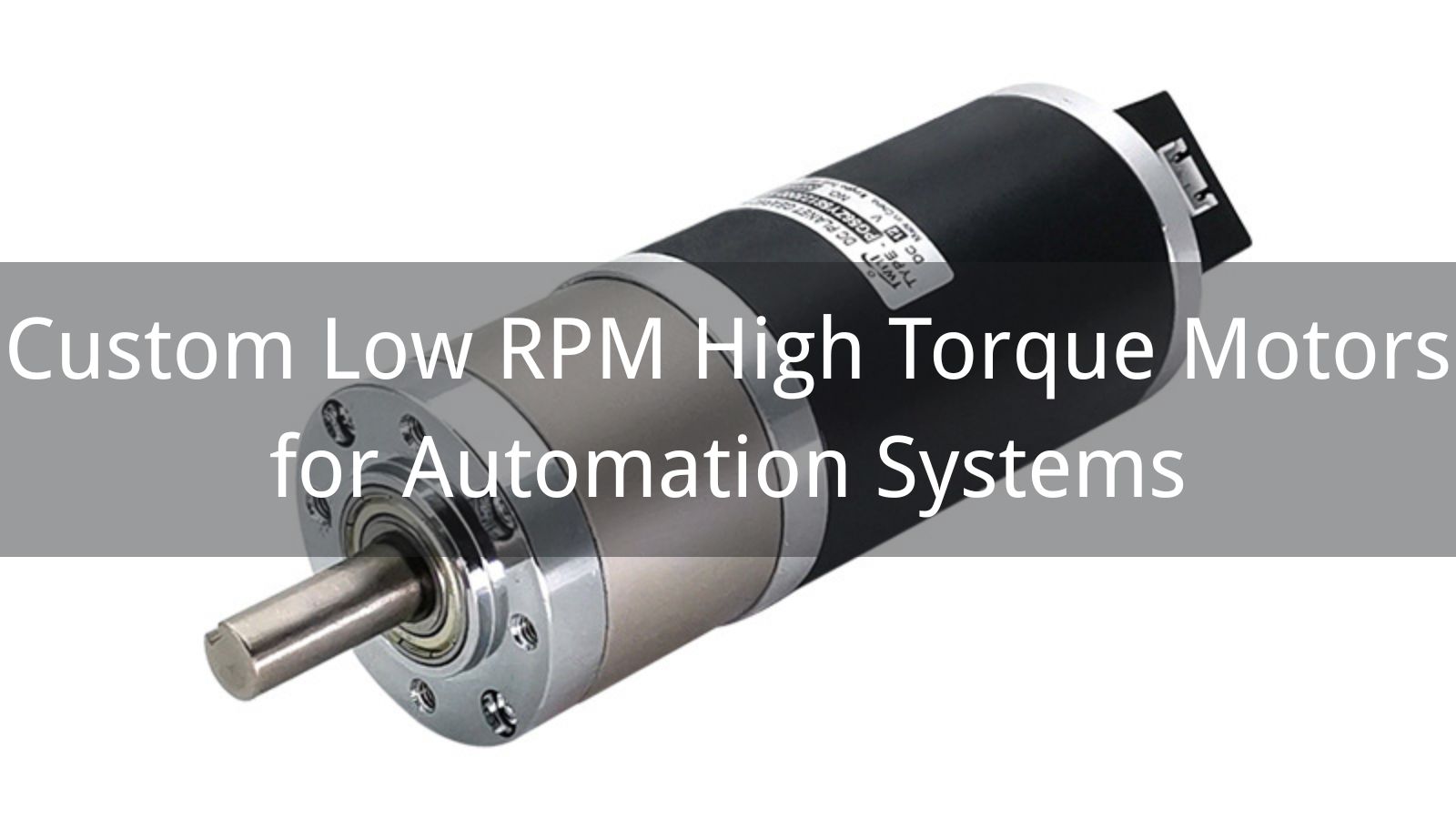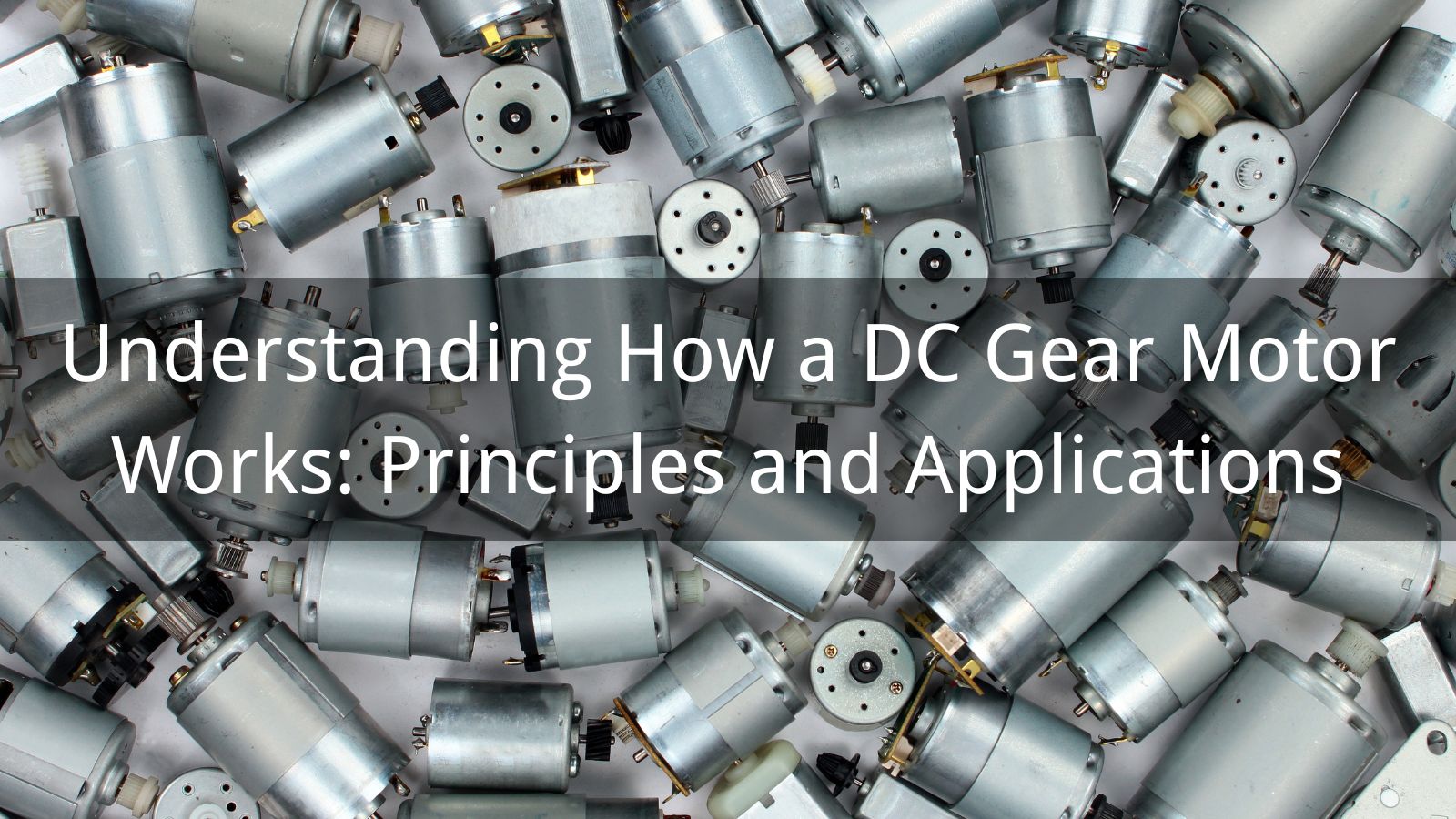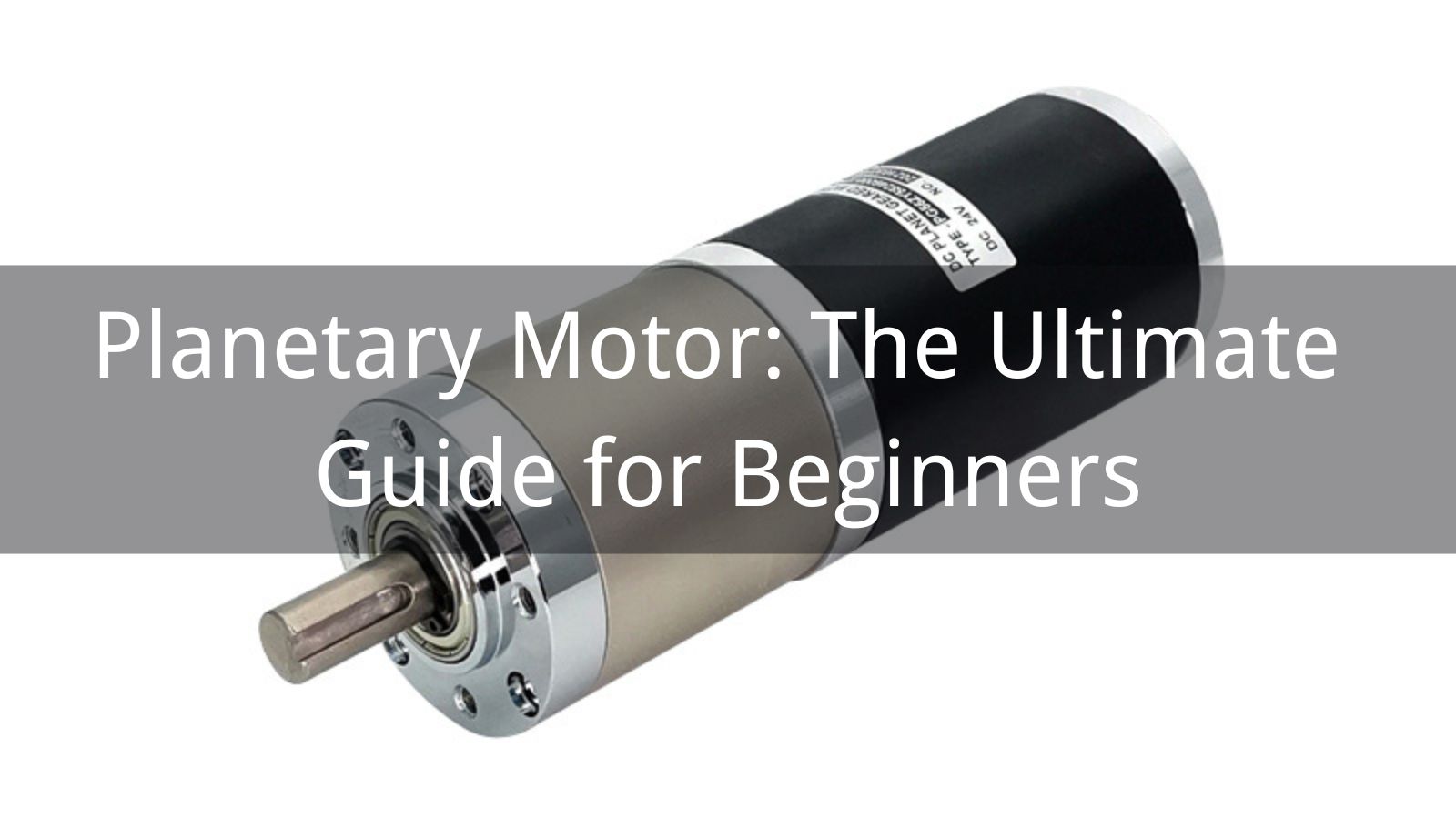
In today's rapidly evolving automation landscape, the demand for compact, reliable, and high-performance motion systems has never been greater. At the center of this transformation is the small DC motor high torque design, a critical component that empowers robots to achieve precise movement, stable load handling, and consistent performance even in limited space. Whether used in robotic arms, mobile robots, or intelligent automation equipment, high-torque small DC motors deliver the power density and efficiency required to support complex mechanical tasks.
Modern robotics relies heavily on motors that are not only lightweight and compact but also capable of producing strong torque at low speeds. This combination allows engineers to build agile, high-precision systems without compromising strength or durability. As applications continue to demand smaller yet more capable hardware, understanding how to choose the right small high-torque DC motor has become essential for achieving optimal robotic performance.
This guide will help you identify the key factors that influence torque, evaluate different motor types, and select the best high-torque solution for your robotics and automation needs.
A small high-torque DC motor is a compact, power-dense motor designed to deliver strong rotational force while maintaining a miniature form factor. Unlike standard mini motors that prioritize speed over strength, a high-torque miniature DC motor is engineered to produce higher stall torque and greater load-handling capability, making it ideal for robotics, automation equipment, and precision devices where space is limited but power demands are high. These motors typically use high-strength magnets—such as neodymium—and optimized windings to maximize torque output without increasing overall size.
At their core, small high-torque DC motors operate on direct current and convert electrical energy into mechanical rotation through brushes or brushless electronic commutation. In many applications, they are paired with gearboxes, creating a small high-torque DC gear motor capable of further increasing torque while reducing speed for controlled, accurate movements. This combination of compact size, high torque density, and efficient power delivery makes them essential for robotic arms, mobile robots, medical devices, smart home systems, and other automation technologies that rely on stable, high-force motion in tight spaces.
Torque, Speed, and Power Relationship
The torque output of a small DC motor high torque model depends on the balance between torque, speed, and power. Understanding stall torque, rated torque, and efficiency curves helps you evaluate how a high torque DC motor performs under load. This relationship ensures your miniature motor delivers stable performance.
Gear Ratio and Torque Amplification
A higher gear ratio significantly boosts the torque of a miniature DC motor, making it ideal for robotics that need strong load capacity. A small high torque DC gear motor converts motor speed into powerful rotational force, ensuring consistent output even at low RPM. Gear reduction remains the most effective method to increase torque.
Voltage and Current Input Levels
Voltage determines speed, while current directly influences torque. Supplying adequate current allows a high torque DC motor to reach its rated torque without overheating. Choosing the right voltage level ensures your small DC motor high torque unit maintains stable performance, especially in battery-powered robotics.
Motor Size, Structure, and Magnet Materials
Although compact, the internal design of a small DC motor high torque device—such as coil density and magnet strength—greatly affects torque. Motors using neodymium magnets provide stronger magnetic fields, allowing a miniature high torque DC motor to deliver higher output while keeping the size small and lightweight.
Brushed Small High-Torque DC Motors
Brushed small DC motors with high torque are widely used in robotics thanks to their simple control and strong starting torque. These high torque miniature DC motors are ideal for robotic grippers, toy robots, and compact automation devices that require quick response, stable power output, and cost-effective performance.
Brushless High-Torque Miniature DC Motors (BLDC)
BLDC high torque motors deliver excellent efficiency, long lifespan, and low noise—perfect for advanced robotic applications. Their smooth rotation and superior torque density make them ideal for robotic arms, drones, and precision automation systems where performance stability and durability are crucial.
Small High-Torque DC Gear Motors
Small high torque DC gear motors combine a compact motor with a gearbox to significantly boost torque output. They provide slow, powerful movement for heavy-load robotic mechanisms, including mobile robot wheels, servo-style actuators, and industrial automation tools that require maximum torque in limited spaces.
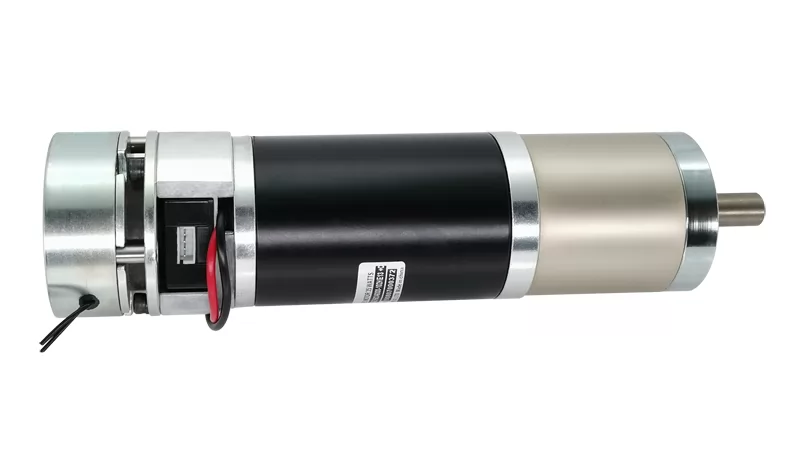
Choosing the right small DC motor with high torque is essential for building a robot that delivers reliable performance, precise motion, and consistent load handling. Start by identifying your robot's load requirements, including weight, acceleration, and friction, because these factors directly determine the torque your motor must provide. Next, evaluate your power source and match it with a motor that supports the correct voltage and current, such as a 6V or 12V high-torque miniature DC motor commonly used in robotics.
Consider whether your application needs additional torque amplification through a small high-torque DC gear motor, especially for robotic arms or mobile robots that carry heavier loads. It's also important to define your ideal speed (RPM) and select an appropriate gear ratio to balance torque and efficiency. Finally, check your motor's size, mounting style, and controller compatibility to ensure seamless integration with your robot's structure and control system. By carefully analyzing these factors, you can confidently select a high-torque small DC motor that enhances stability, power density, and overall robotic performance.
Small DC motors with high torque have become essential components in modern automation because they deliver strong output force in a compact size—an ideal combination for robotic systems and intelligent equipment. These high-torque miniature DC motors excel in applications where precise control, high load capacity, and consistent performance are required. In robotics, a small DC motor high torque configuration provides the power needed for robotic arms, grippers, and mobile robot drive systems, enabling smooth motion and stable lifting even in limited spaces. Automated guided vehicles (AGVs) and warehouse robots also rely heavily on small high-torque DC gear motors, as the added gear reduction boosts torque for heavy payload handling and long-duration operation.
Beyond robotics, these compact high-torque DC motors play an important role in medical automation, powering infusion pumps, surgical devices, and precision diagnostic tools where reliability and accuracy are critical. In industrial inspection and testing equipment, small high-torque DC motors provide the necessary rotational force to move sensors and cameras with high stability. They are also widely used in smart home automation, enhancing the performance of curtain systems, smart locks, surveillance modules, and compact household appliances. Whether in high-precision industrial machines or consumer-grade automated devices, small high-torque DC motors deliver the efficiency, durability, and torque density required to support next-generation automation systems.
Before selecting a small DC motor with high torque for your robotics or automation project, reviewing the key technical specifications is essential to ensure optimal performance, reliability, and compatibility. Start by confirming the rated torque and stall torque, as these values determine whether the motor can handle constant loads and short bursts of heavy force. Next, check the rated voltage—common options such as 6V, 12V, and 24V can significantly affect speed, torque output, and overall efficiency in high-torque miniature DC motor applications.
You should also evaluate both the rated current and peak current, since high-torque small DC motors often require stronger current to deliver the necessary power. Pay close attention to the RPM (speed), ensuring it aligns with your robot’s speed–torque requirements. If the design requires additional power density, choose a small high torque DC gear motor with an appropriate gear ratio, which can greatly increase torque for lifting, pushing, or precision-controlled motion.
Other important parameters include shaft diameter, which affects mechanical compatibility; motor size and weight, which impact compact automation designs; and noise levels, especially for medical or indoor robotics. Finally, review the motor lifespan and heat dissipation performance to ensure that your high torque small DC motor can operate reliably under continuous or high-load conditions.
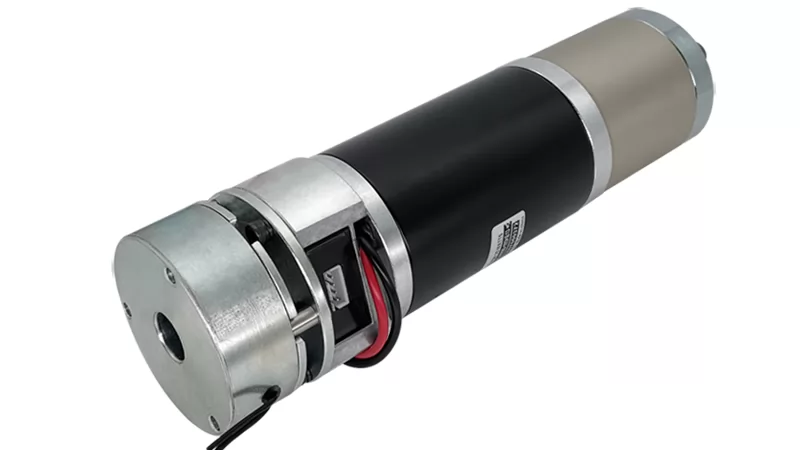
When choosing a small high-torque DC motor for robotics or automation, many engineers overlook key factors that can significantly affect performance. One common mistake is ignoring the motor's rated torque and stall torque, which often leads to selecting a compact motor that cannot handle real-world load demands. Another issue is choosing the wrong gear ratio, resulting in either insufficient torque or overly reduced speed. Many users also underestimate the motor's current requirements, causing overheating or unstable power delivery—especially in 12V or battery-powered systems.
Failing to consider proper motor drivers, encoders, and control compatibility can also limit precision and responsiveness in advanced robotic applications. Finally, some buyers focus only on motor size instead of assessing durability, heat dissipation, and material quality. Avoiding these mistakes ensures you select a small DC motor with high torque that delivers long-term reliability and optimal performance for your robotic or automation system.
Choosing the right small DC motor high torque solution is essential for building robots that deliver consistent power, precise movement, and long-term reliability. By understanding key factors such as torque requirements, gear ratios, voltage, and control compatibility, you can confidently select a high-torque miniature DC motor that enhances your robot's efficiency and performance. Whether you’re designing robotic arms, mobile platforms, automation equipment, or compact intelligent devices, the correct motor can dramatically improve load capacity, stability, and responsiveness.
If you're ready to upgrade your robotics or automation system with small high-torque DC motors, our engineering team can help you identify the best model—or even create a custom high-torque DC motor tailored to your specific application. Explore our product range, download detailed datasheets, or contact us directly for expert assistance.
Build smarter, stronger, and more capable robots today with high-performance small DC motors designed for maximum torque and reliability. Reach out now to get a personalized recommendation or request a quote!
